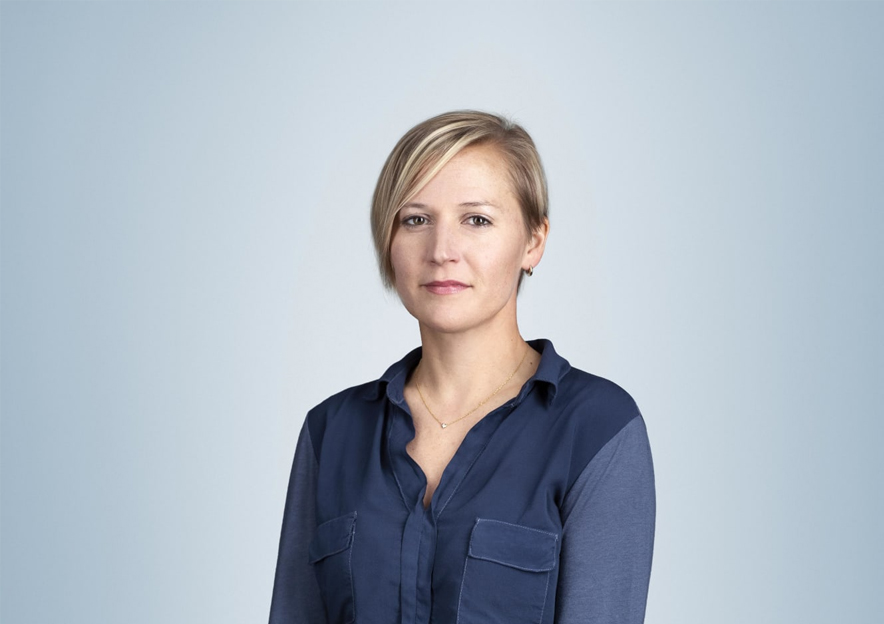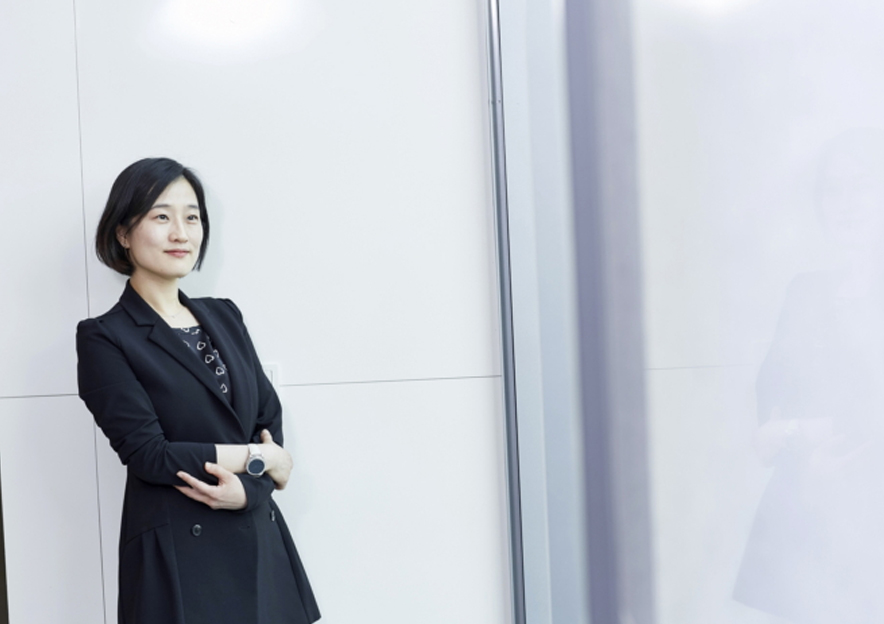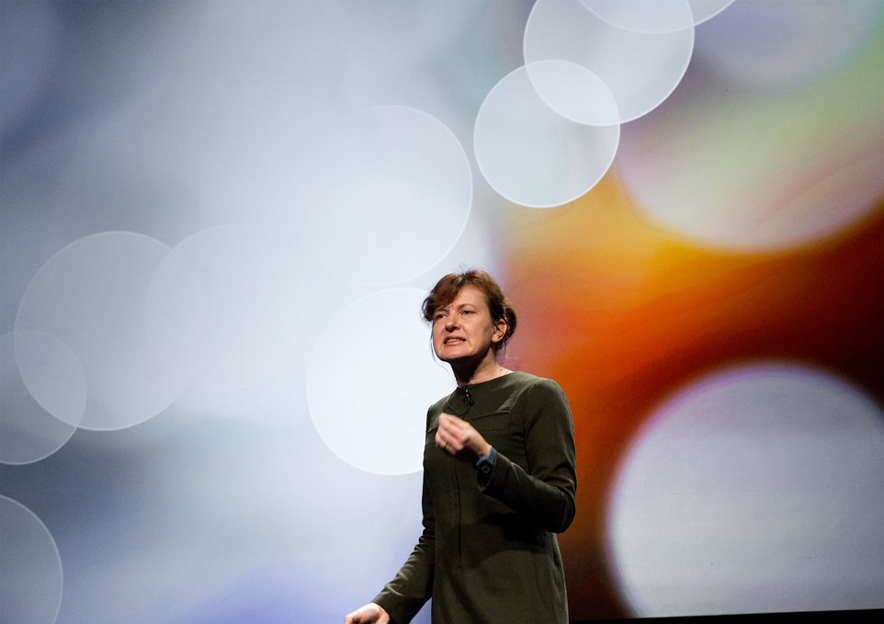Job Scope of in House Designer
Many designers dream of working for an industry-leading brand, designing products that are being used by millions of people every day. In environments like this, there are a lot more resources to tap into and constant opportunities for skills and learning development. You may get the chance to specialize, learn on the job, and access all kinds of internal education, try out new technologies and tools, and even get a mentor to guide you through the new experience. Working in-house can help you stretch yourself creatively, and learn to work more effectively and collaboratively, ultimately making you a better designer.
Some stereotypes about working in-house, however, may prevail. Designers could feel overwhelmed, especially in the beginning, and worry that their work won't get noticed or have real impact. Working in-house can also feel disillusioning, and designers may get frustrated thinking their ideas can't be executed. If you're feeling this way, rest assured that many others that have come before you have too, and there are many tactics you can employ to make a big impact and thrive in this kind of environment.
To help you navigate the realities of the corporate world and avoid falling into common pitfalls, we talked to leaders from the Design Circle. Here's what they advise.
Learn to see the bigger picture
Large organizations tend to break up their products into multiple parts. There are many different divisions, and each product team is dedicated to certain applications or features. Designers might worry they have no influence as their contribution appears small, but that's not necessarily the case.
"To be successful, designers who work on small projects need to recognize that their work impacts far beyond what their immediate project might be," recommends Katie Dill, VP of design at transportation network Lyft. "I would encourage anyone, no matter what organization they're in, to think about the ramifications, dependencies, and the relationships of their work within the broader company. Then they will have greater impact and do greater things by helping to create cohesion across efforts."
-

Katie Dill, VP of Design at Lyft.
Designers' impact may, in fact, have a 'butterfly effect' on a whole organization's output. Yoojin Hong, VP of Mobile UX at Samsung, says designers should think of the users and how their experience is not limited to the individual app but extends across all features and services a company might be offering. With this in mind, your role and work may affect far more people than you think.
-

Yoojin Hong, VP of Mobile UX at Samsung.
"When defining the designers' role and responsibility, don't use the app name but focus on what users do through the app and how best to support that," she suggests. "For example, the mission of designers who work on the Home app is not just designing the home icon grid on the phone, but rather creating the best experience for users to find, launch, and switch applications. You'll realize that your job also covers multi-tasking and app backup and restore when switching phones."
Having a holistic view is very important, Hong points out, as designers are the ones who should encourage separate engineering teams to talk and work together to make the user experience as seamless as possible.
Communicate and stay curious
Since working in design in a large organization can have such a dramatic impact on a great number of users, it's obvious that having solid design expertise is critical. Mastering so-called soft skills, such as communication, however, can be just as important to make it in an in-house environment, particularly if you want to advance and eventually led a design team.
"The quality of design work that gets out into the world is only as good as the quality of decision-making," believes Erika Hall, co-founder of Mule, a strategic design consultancy that has been supporting and working with designers in large organizations to create a more designer-friendly culture.
-

Erika Hall, Co-Founder of Mule.
Good working relationships with everyone involved in design decisions is essential, especially with the people who don't see themselves as designers. Hall suggests that this can be as simple as taking the time to grab a coffee one-on-one and really listen to them talking about their work, their concerns and priorities.
"Then, when you're making design recommendations or soliciting feedback, you can explain your work in terms that are meaningful to them," Hall points out. "Often 'stakeholders not understanding design' really means 'designers not taking the time to understand stakeholders.' Especially as an organization grows, cross-disciplinary and cross-departmental goodwill achieved through a lot of small informal conversations can help maintain a foundation of shared purpose and collaboration."
Katie Dill agrees and suggests designers should make use of their natural sense of curiosity to explore how an organization fits together. It'll help them engage, ask insightful questions, and keep up with what's happening outside their team.
"Curiosity is the underpinning of great design," she says. "Use it to spend time in the lunchroom talking with people from other sectors and disciplines in your company. Try to understand what they do and care about. The more you understand and respect that, the better a collaborator you can become, helping you have greater influence and accomplish more."
Develop storytelling skills
Jared Erondu, head of design at people management platform Lattice, finds that one of the best skills a designer can develop is the ability to tell compelling narratives. Design is ultimately a profession of advocacy and storytelling is essential to advancing 'good design' in your organization. A good story has the potential to take you from the artboard to the boardroom, but you need to know how to tell it effectively.
For good storytelling, you first have to understand your audience, Erondu recommends:
"Are you talking to a room full of non-design business executives? Then you should avoid leading with design lingo. Are you talking to someone who's always pressed for time? Then avoid the 100+ slide deck and jump to the meat. Tailor your message to the audience, and they'll come along for the ride."
-

Jared Erondu, Head of Design at Lattice.
Once again, you also have to understand your business and how the company you work at makes money. "Equipped with this knowledge you can craft a path from your suggestion to the business's bottom line," Erondu explains. "This may sound capitalistic, but it's the reality of corporations. If you're not able to make money from the value you offer, you won't be around to continue offering it."
Finally, you have to time it right. "There are many ways to create value for the customers you serve. However, they don't all have to be done today. Too often we jump on trains that aren't moving, get attached to our idea rather than the original problem, and end up spending needless hours fighting against inertia."
Erondu suggests asking yourself 'why now?', and if you can't make a compelling case to yourself, you won't be able to make it to others.
Empathy is key
Finally, to really make an impact in a large organization and thrive in such a busy environment, you need to understand people just as much as you understand your own craft. Use empathy and the ability to try and put yourself in someone else's shoes not only when you think about the user, but also internally.
"Whether you work with an engineer, a data scientist, or someone in the sales team," Katie Dill concludes, "they operate differently. Sometimes you might find their methods strange, but if you start to better understand them and identify what you have in common and are both trying to achieve, you can start to get there together, which is much more powerful."
So, if you're considering an in-house position or working in-house already, ensure you explore the bigger picture beyond your role. After all, working in-house gets you much closer to the brand and helps you understand it more in-depth. Learn to communicate better, and stay curious, using empathy for users, work colleagues and executives alike. Ask the right questions and focus on improving processes, and you'll discover that working in-house is a fantastic opportunity to sharpen your skills and drive impact.

Words by
Kari Norder
Kari Norder is responsible for design thought leadership initiatives at Adobe, including the Design Circle program and scholarship initiative. She also partners closely with Adobe's enterprise customers on a variety of industry programs to share design and creative best practices for brands and agencies through content and events. During her career at Adobe, she has worked in executive communications, product marketing and thought leadership.
Job Scope of in House Designer
Source: https://xd.adobe.com/ideas/career-tips/in-house-designers/




0 Response to "Job Scope of in House Designer"
Post a Comment